The History and Future of Apple's Mac Computers (1984-2024)
- Discover the fascinating journey of the Macintosh, from its debut in 1984 to several of its advancements today.
- Uncover little-known facts about iconic models like the Macintosh 128K, Power Mac G4, and iMac G3.
- Learn about the transformative impact of Apple's M1 chip and what the future holds for the Mac, including exciting rumors about new designs and technologies.
- This article covers the rich history that continues to shape the evolution of the Mac, coming right up.
On January 24, 1984, Steve Jobs took the stage at De Anza College in Cupertino, dressed in a black double-breasted blazer and gray bow tie, to introduce the Macintosh. As he unveiled the compact, revolutionary device from a gray bag, the audience gasped in awe, applauding its sleek design and small size.
 Image credit: Cult of Mac
Image credit: Cult of Mac
Jobs showcased the Macintosh's capabilities through demonstrations of its original programs, such as MacPaint and MacWrite. This event marked a significant shift in personal computing, challenging the dominance of the bulky IBM PC and its clones. The Mac's introduction of a graphical user interface (GUI) and a mouse set it apart, offering a user-friendly experience that reshaped the computing landscape.
 Image credit: Thibaut Crepelle (via Vimeo)
Image credit: Thibaut Crepelle (via Vimeo)
The Birth of a Revolution: Macintosh 128K
The original Macintosh 128K was the embodiment of Apple’s vision for personal computing. With its graphical user interface, the Mac 128K introduced a user-friendly experience that set it apart from the text-based interfaces of the time. Its compact design, complete with a built-in screen and floppy disk drive, made it an iconic piece of technology that is still celebrated today. A lesser-known fact is that the Mac 128K was almost named "Bicycle," reflecting Jobs's philosophy that computers are like a "bicycle for the mind," amplifying human capabilities.
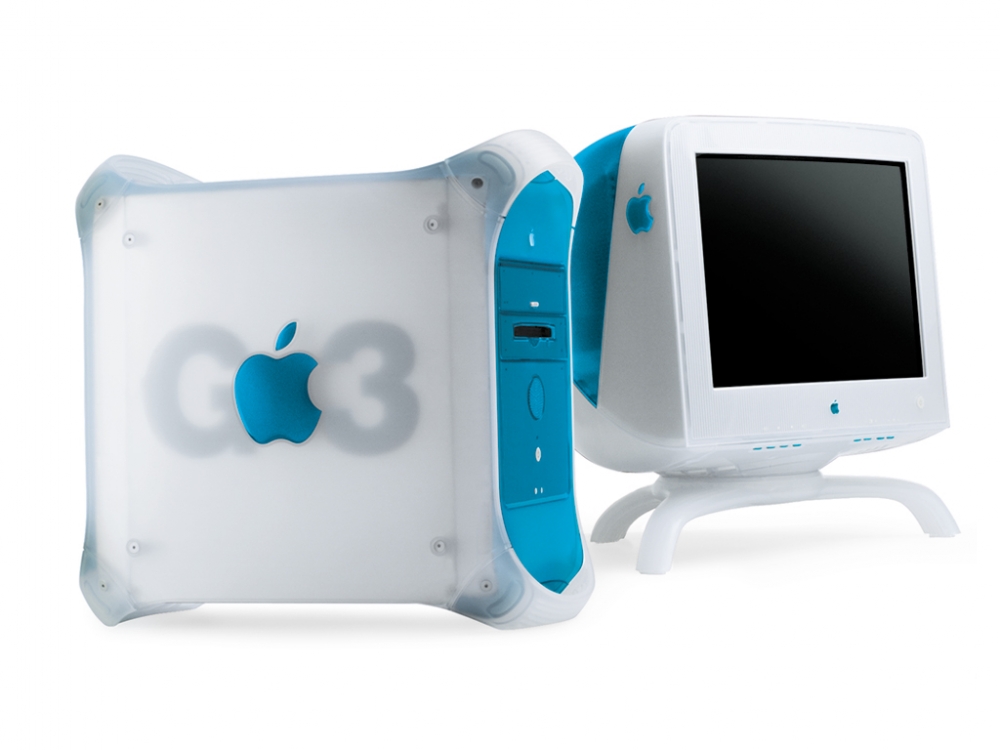 Image credit: KMUG
Image credit: KMUG
Breaking Boundaries: The Power Mac G3 and G4
As Apple continued to push the boundaries, the Power Mac G3 and G4 series emerged as powerhouses of performance. The G3, introduced in 1997, featured the PowerPC G3 processor, which significantly enhanced processing power and efficiency. This was followed by the G4 in 1999, which boasted the first-ever gigaflop processor, making it a favorite among creative professionals for its ability to handle complex graphics and multimedia tasks. Interestingly, the G4 was initially considered a "supercomputer" by the U.S. government and faced export restrictions due to its processing power.
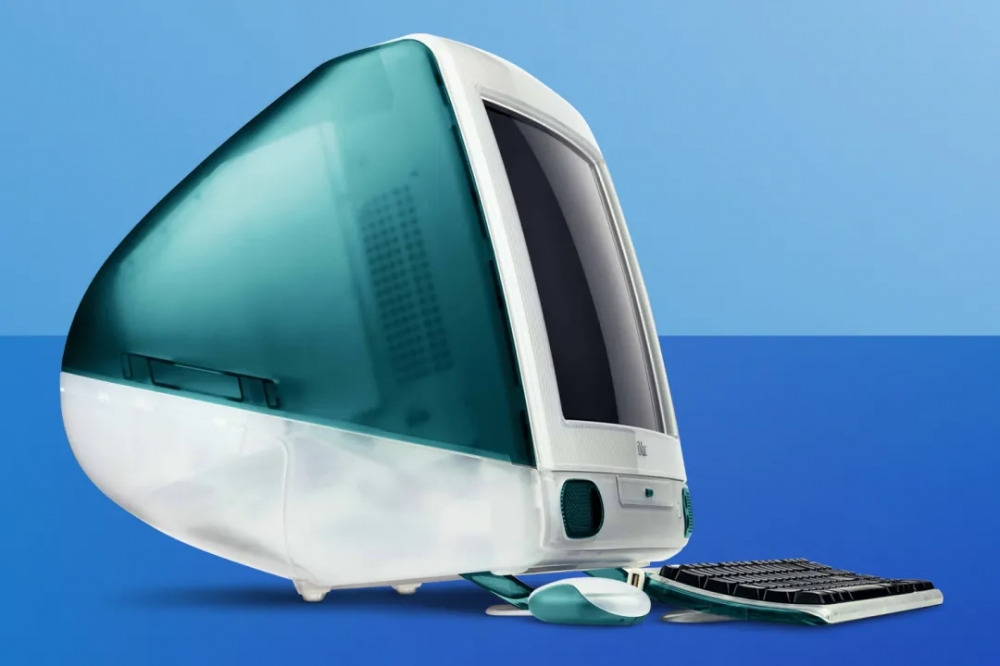 Image credit: Stuff.tv
Image credit: Stuff.tv
The Turn of the Millennium: iMac G3 to iMac G5
The iMac G3, with its vibrant, translucent colors, was a departure from the beige boxes that dominated the market. Introduced in 1998, the iMac G3 was not just a computer; it was a statement piece. This model's success paved the way for the sleek and sophisticated iMac G5 in 2004, which adopted a minimalist design philosophy with its all-in-one flat-panel design, integrating the CPU into the monitor. A fun fact: the iMac G3's design was inspired by candy and kitchen appliances, reflecting Jony Ive's playful and unconventional approach to industrial design.
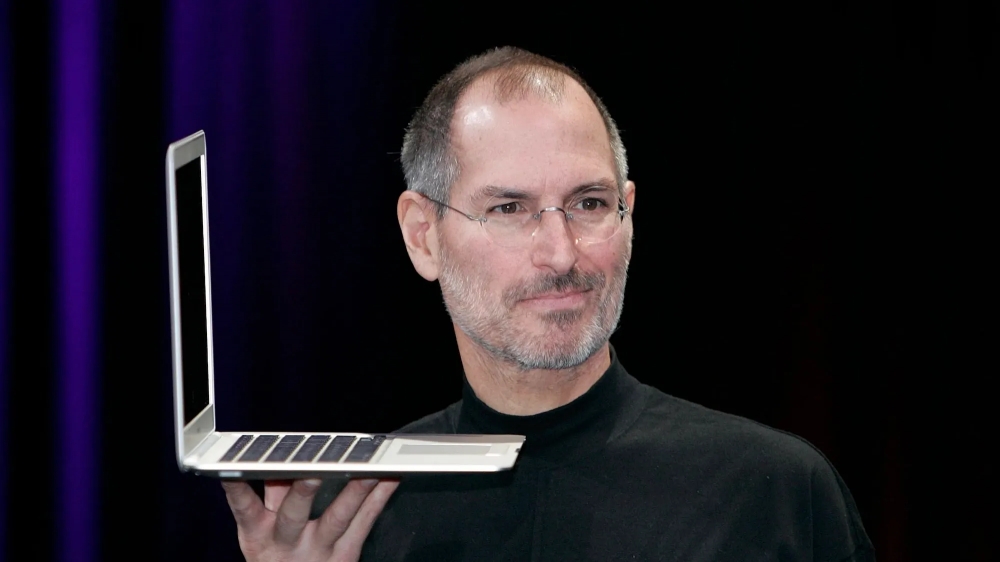 Image credit: Apple Inc.
Image credit: Apple Inc.
The Modern Era: MacBook Air and MacBook Pro
The introduction of the MacBook Air in 2008 redefined portability. Steve Jobs famously unveiled it by pulling it out of a manila envelope, showcasing its ultra-thin design. The MacBook Pro series, especially the models equipped with Retina displays introduced in 2012, set new standards for performance and display quality, catering to both professionals and casual users alike. The MacBook Air's battery technology was a key innovation, using custom-shaped batteries to fit into the slim frame, maximizing battery life and efficiency.
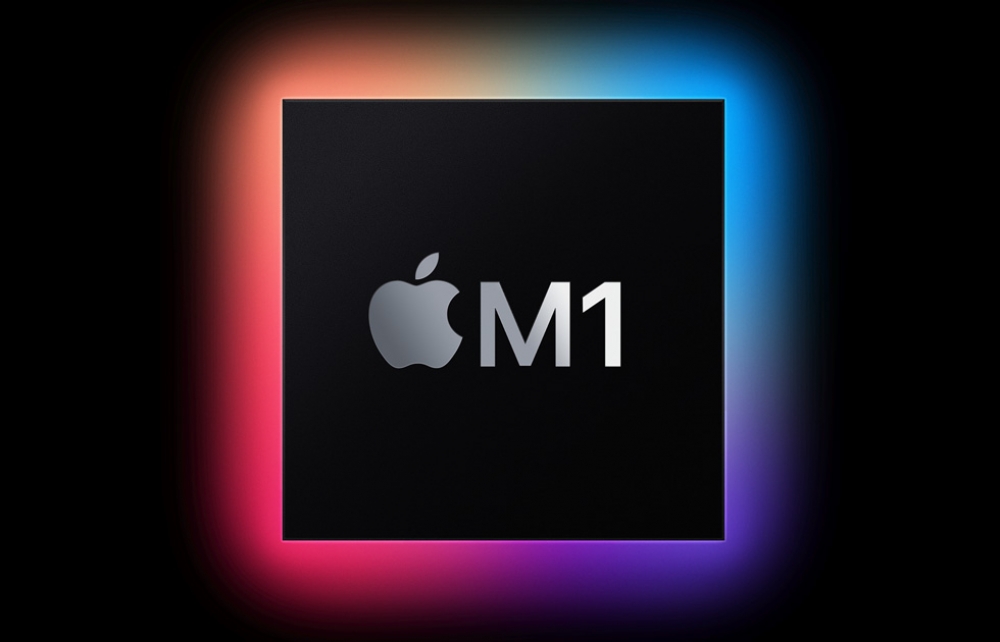 Image credit: Apple Inc.
Image credit: Apple Inc.
Innovations and Transitions: M1 and Beyond
In 2020, Apple took a significant leap by introducing the M1 chip, marking the beginning of the transition from Intel processors to Apple Silicon. The M1, with its exceptional performance and energy efficiency, revitalized the Mac lineup, offering unprecedented speed and battery life. What many don't know is that the M1 chip's design philosophy draws from Apple's experience with the A-series chips used in iPhones and iPads, blending mobile efficiency with desktop power.
The Future: Rumors and Speculations
As we look ahead, the future of the Mac is brimming with exciting possibilities. Rumors suggest that Apple is working on the M3 chip, which promises to further enhance processing power and efficiency. Additionally, there is speculation about a new Mac Pro, potentially featuring a modular design that allows users to customize their machines more extensively. This could include interchangeable components, catering to professionals who require highly specific configurations.
Another intriguing rumor involves the development of a foldable MacBook. While details are scarce, such a device could revolutionize the way we perceive and use laptops, blending the portability of a tablet with the functionality of a MacBook. This foldable MacBook might utilize flexible OLED technology, offering a seamless transition between modes and expanding the possibilities for creative workflows and mobile productivity.
Furthermore, advancements in augmented reality (AR) and virtual reality (VR) technologies could lead to new Mac models designed specifically for these immersive experiences. The integration of AR and VR could transform creative workflows, gaming, and even everyday computing tasks. Imagine a MacBook with built-in AR capabilities, enabling users to interact with digital content in a more intuitive and immersive way.
A Legacy of Innovation
The history of the Macintosh is a testament to Apple's relentless pursuit of innovation and excellence. From the groundbreaking Macintosh 128K to the cutting-edge M1-powered Macs, each model has contributed to shaping the landscape of personal computing. As we anticipate the future, filled with rumors and exciting possibilities, one thing remains certain: the Mac will continue to inspire and revolutionize the way we interact with technology.
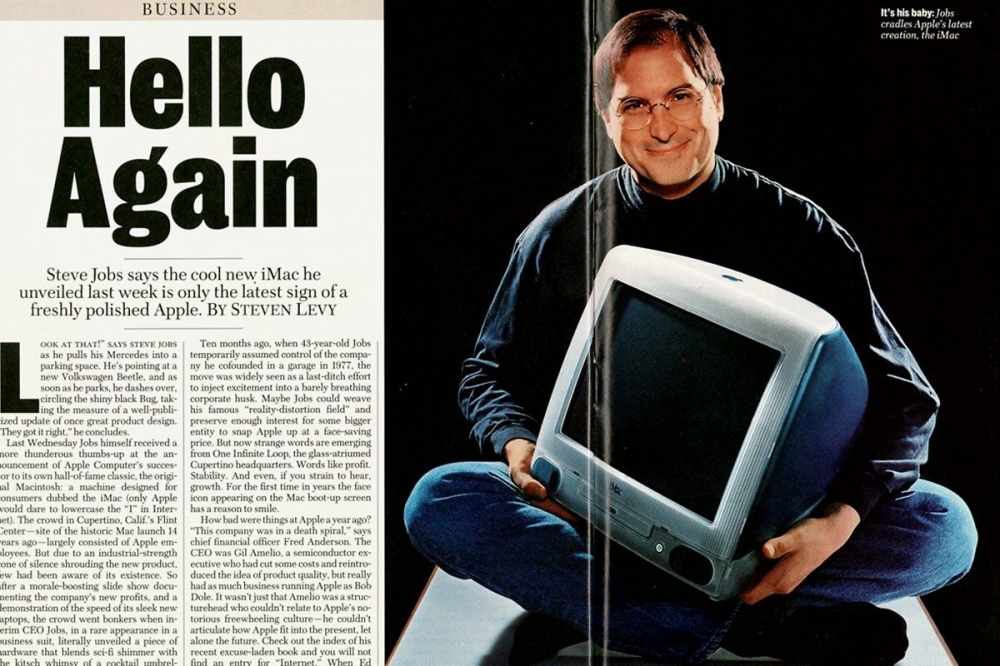 Image credit: Newsweek
The evolution of the Macintosh over the past decades has been marked by a series of fascinating developments, many of which are little known outside of tech enthusiast circles. For example, the original Mac team placed a small image of themselves inside the case, a playful nod to their dedication and the close-knit nature of the team. This spirit of innovation and attention to detail continues to drive Apple's development of the Mac, promising a future filled with groundbreaking advancements that will keep pushing the boundaries of what is possible in personal computing.
Image credit: Newsweek
The evolution of the Macintosh over the past decades has been marked by a series of fascinating developments, many of which are little known outside of tech enthusiast circles. For example, the original Mac team placed a small image of themselves inside the case, a playful nod to their dedication and the close-knit nature of the team. This spirit of innovation and attention to detail continues to drive Apple's development of the Mac, promising a future filled with groundbreaking advancements that will keep pushing the boundaries of what is possible in personal computing.
Recommended by the editors:
Thank you for visiting Apple Scoop! As a dedicated independent news organization, we strive to deliver the latest updates and in-depth journalism on everything Apple. Have insights or thoughts to share? Drop a comment below—our team actively engages with and responds to our community. Return to the home page.Published to Apple Scoop on 25th June, 2024.
No password required
A confirmation request will be delivered to the email address you provide. Once confirmed, your comment will be published. It's as simple as two clicks.
Your email address will not be published publicly. Additionally, we will not send you marketing emails unless you opt-in.